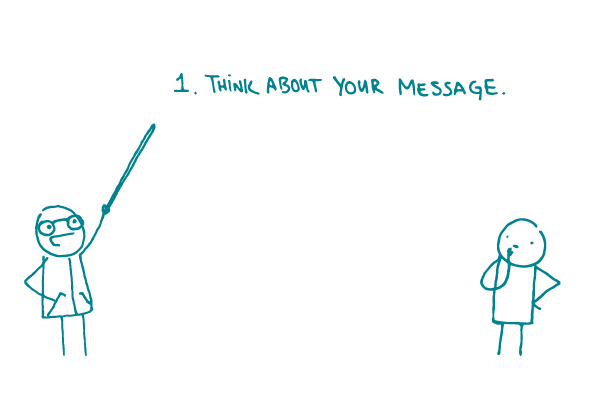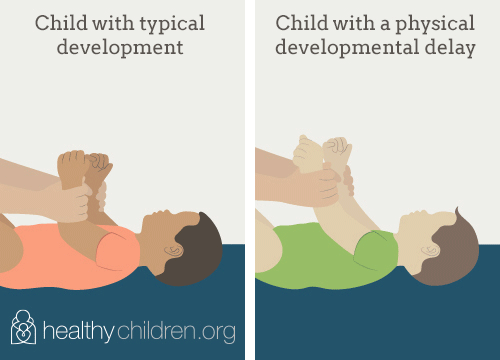We’ve warned you, dear readers, about the use of subpar illustrations and photos. Today, we focus on the exciting potential of using (well done) GIFs to support your health messages.

GIFs (graphics interchange format files, if you were curious) are a great way to help deliver a complex message — like when you need to text a friend about how excited you really are. They can also come in handy when you’re trying to convey health behaviors that are hard to describe in words.
For example, you can create custom GIFs from illustrated images to easily show a specific movement — like these exercise GIFs.
One advantage of using GIFs is that, unlike video clips, they don’t need to show real people or places. With animated images, you have more control over the message. For example, this resource from the American Academy of Pediatrics helps concerned parents identify and communicate about physical developmental delays. It includes several GIFs comparing movements of a child with typical development to movements of a child with a physical developmental delay.

These animated illustrations let parents focus on the movements that you’re trying to draw their attention to — and not the child’s adorable outfit, the toys scattered across the floor, or other details that aren’t part of the main message.
The bottom line: Consider GIFs when creating health content. And give yourself a high five for your health literacy prowess!
Browse recent posts